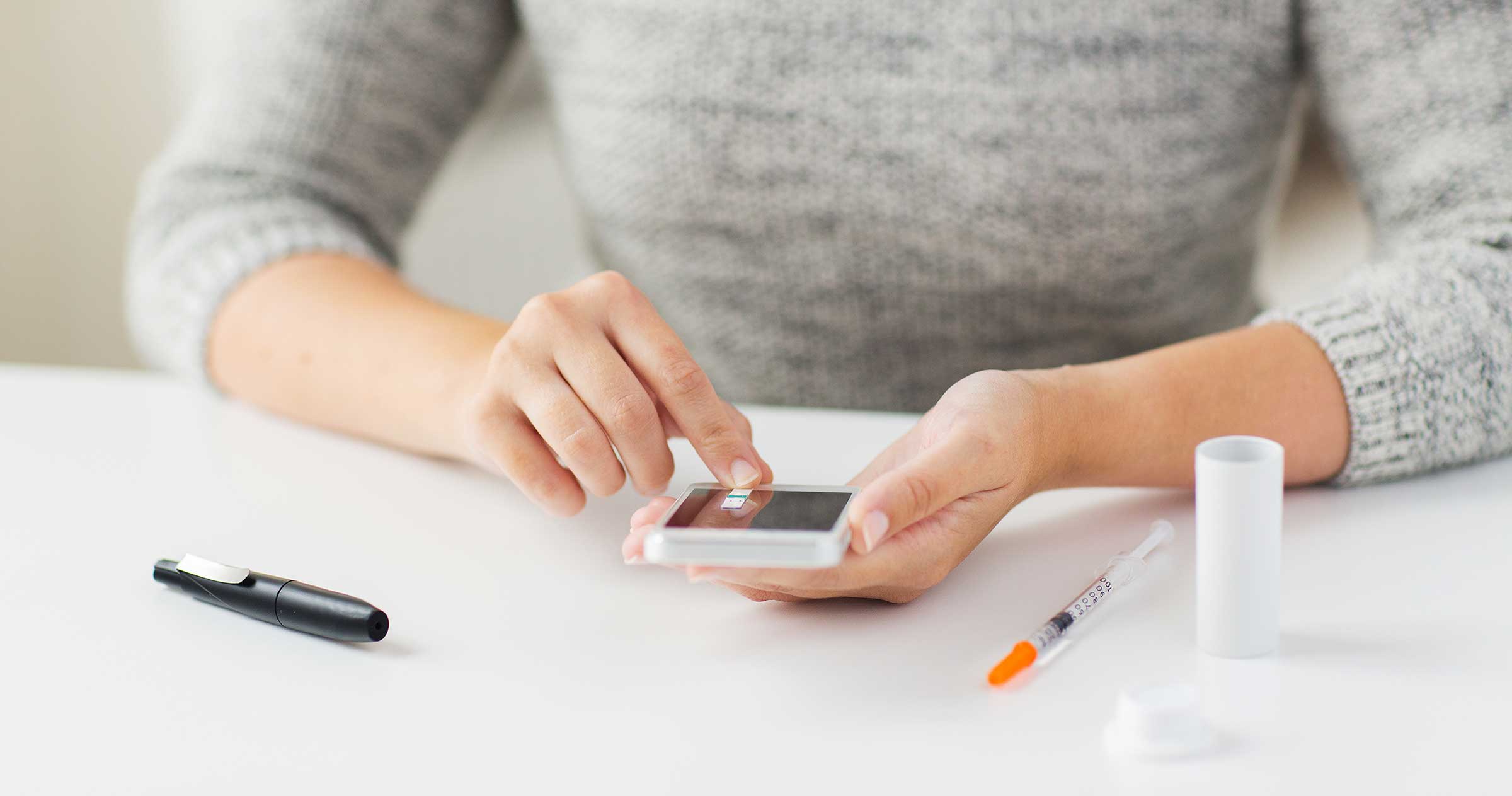
SHARE:
[DISPLAY_ULTIMATE_PLUS]
Texting is the preferred form of communication for the majority of American adults.
Text messages are good for more than just sending beach selfies and telling your lunch date you’re running late. Texting in healthcare serves as an effective method for patient communication and can even improve patient outcomes.
Recent research backs it up. Texting can reduce no-shows and hospital readmission rates. It can also improve medication adherence and provide addiction support. Texting has a wide array of use-cases to improve patient outcomes. Here are the top four:
Reduce no-show rates
When patients miss appointments, their health suffers.
For example, for patients with diabetes, missed appointments are associated with reduced blood sugar control. No-shows also correlate to higher emergency department and hospital care and up to a 60 percent higher readmission rate. For patients on hemodialysis, a missed appointment may increase the risk for ending up in the hospital again or even dying.
Texting appointment reminders is a simple, cost-effective strategy for reminding patients to come to their appointments. Eisenhower Health in Southern California reduced its no-show rate by 71 percent after implementing WELL’s appointment reminders and conversational texting. Even the health system’s high senior population embraced texting.
These results illustrate the potential of appointment reminders to increase appointment attendance and improve patient outcomes.
Reduce hospital readmissions
Showing up for scheduled appointments is a good thing. Being readmitted to the hospital, not so much. Texting has the potential to reduce hospital readmissions, too.
A trial published in journal ESC Heart Failure evaluated whether text messaging would reduce readmission and death rates in patients with chronic heart failure.
Researchers randomized 762 patients to receive SMS, structured telephone support (STS), or usual care after they left the hospital.
At 180 days after initial discharge, patients who had received follow-up text messages and structured telephone support were nine percent less likely to be readmitted. Additionally, they were 10 percent more likely to take prescribed medications.
Provide addiction support
Text messaging may also support people recovering from substance abuse or addiction. In one study, youth who had finished treatment for substance abuse disorders received text messages providing feedback, support, and reminders. The messages encouraged them to engage in extracurricular activities. And the messages prompted teens to seek self-help to support the recovery process and prevent relapse.
The study found that after 90 days, extracurricular activities increased and participants saw lower rates of relapse. Researchers concluded that mobile approaches may be effective for increasing adherence to a wide-array of behaviors associated with recovery.
Text messaging might also be useful in helping people quit smoking. In Norway, a group of 4,378 patients in a virtual smoking cessation program received surveys via text messages to help them quit smoking. Six months after they quit, more 21 percent of participants had responded, and 11 percent reported that they had been cigarette free for seven days. It might not sound impressive, but that’s roughly 57 percent higher than the average success rate for quitting smoking.
Help patients manage their health
Diabetes can be tough to manage. People have to personally monitor their blood sugar levels, change their diet, and take medication consistently.
A study published in JMIR Diabetes found that text messaging may provide a practical solution. It found that diabetes patients who received text messages encouraging them to self-report their data were more likely to see drops in their glucose levels.
Patients received daily reminders to report their blood glucose data. If the levels were too high, care managers received a message by email, text, or through the EHR. After that, providers received appropriate data to develop a follow-up plan.
After four months using this system, patients with HbA1c level of over 8 percent saw a drop of -1.15 percent.
Clear, effective communication — whatever the medium — improves outcomes
Texting provides another outlet for patient engagement. And it can improve outcomes across a wide swath of conditions and patient demographics.
Ultimately, patients need to be informed and empowered. And they need to receive the resources they need to succeed. These include regular communication with their provider, self-management tools, and resources to help them take care of their health on a daily basis. Text messaging is an efficient, cost-effective solution for improving patient outcomes. ♥


